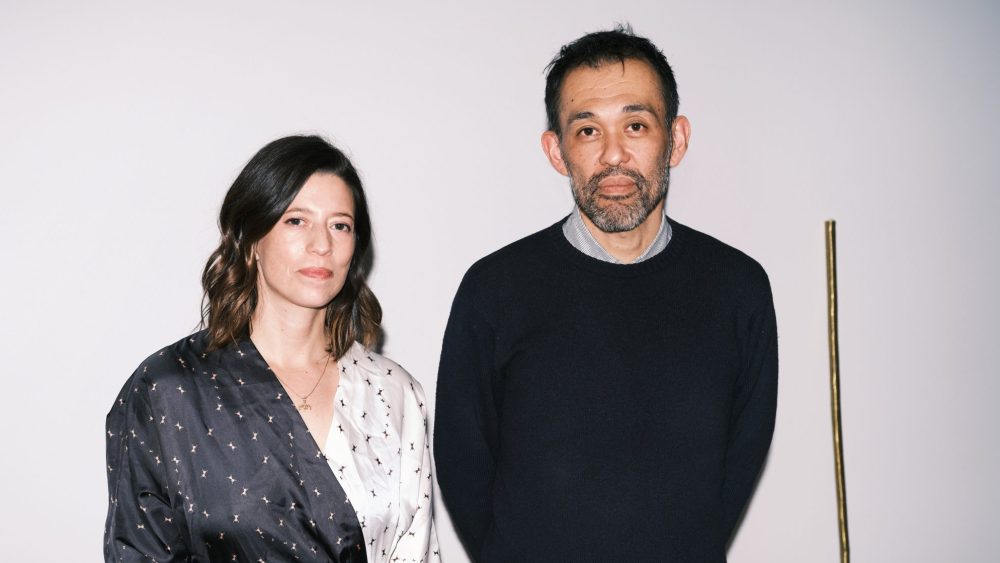MILAN — The design and art curious can now immerse themselves in Michigan-based MillerKnoll’s world at its newly launched gallery in New York City.
Located on the ninth floor of the firm’s flagship at 251 Park Avenue South, the venue is part of MillerKnoll’s strategy to grow its ecosystem. It also underscores the company’s commitment to using design as a catalyst for human connection, MillerKnoll’s creative director Kelsey Keith told WWD on Wednesday.
Notably, the space was also once home to Herman Miller design director George Nelson’s former studio. Nelson, a 20th century modernist and industrial designer, worked closely with Herman Miller participating founder D.J. De Pree for over 25 years. Together, they ushered in a new modern era of contemporary design.
“This global exhibitions program is a platform to support others who are through research talking about design and art and culture, which we find important. We feel we need to help others make connections between these areas,” Keith explained.
The gallery’s first exhibition, “Walking Sticks & Canes” by Milan-based Japanese designer Keiji Takeuchi is indicative of this mission. It also showcased in Milan in 2024 and involves a series of walking sticks made with designers around the world, including Cecilie Manz and Jasper Morrison, who have also collaborated with MillerKnoll brands Muuto and Maharam. Convened by Takeuchi, the group reinterprets the walking stick, reimagined not merely as a functional tool, but as symbol of movement and connection.

“Small Gestures” by Julie Richoz.
Paul Maffi
Takeuchi told WWD that design should more frequently embrace simple, functional objects. “Walking sticks are the most simple products you can imagine, but it can also be a very complicated product. It was a way for me to connect with friends who care about values for longevity and those who have a sense of humor and that’s what design should be about,” he said, highlighting the walking stick’s origins, dating back to ancient times, and even an emblem of leadership positions at times.
Takeuchi highlighted MillerKnoll’s capacity to change the course of design. “When you produce these sort of volumes and you have these materials… you can create new standards for design. And I think that’s something a big corporation should do,” he reflected.
Takeuchi has worked with MillerKnoll in the past, and designed the Mimo Modular Seating modular sofa for its U.K.-based brand NaughtOne.
MillerKnoll continues to carry on its legacy of design innovation. Knoll was first founded in 1938 in New York City in a small space on East 72nd Street by German-born furniture-maker Hans Knoll, who was greatly influenced by the Bauhaus movement. Knoll propelled the company into a post-war era with his wife, American architect Florence Schust, who was exposed to Finnish design early on, having grown up around Finnish designer Eero Saarinen and his family and who later worked for German-born American architect Walter Gropius and Hungarian American architect Marcel Breuer.
MillerKnoll, which came to be after fellow U.S. heritage brand Herman Miller bought Knoll in 2021, owns the rich history of two key brands to which some of the most visionary midcentury modern and contemporary designers have contributed. MillerKnoll’s portfolio also includes Design Within Reach, Holly Hunt, textile firm Maharam and international brands like Denmark’s Muuto and Hay and U.K.-based NaughtOne.
Last year, MillerKnoll cut the ribbon on its Gramercy, New York City space, which spans 77,000 square feet and 11 floors and occupies an historic Renaissance-revival building from 1910.

